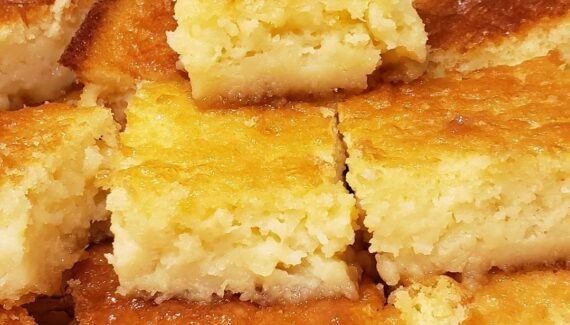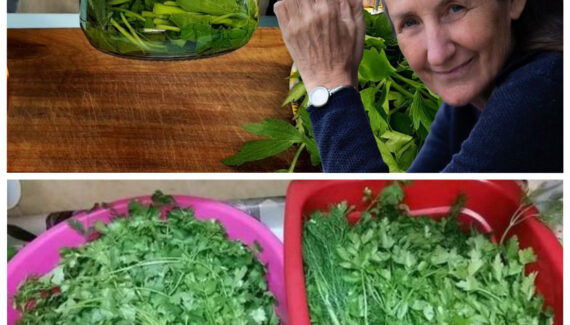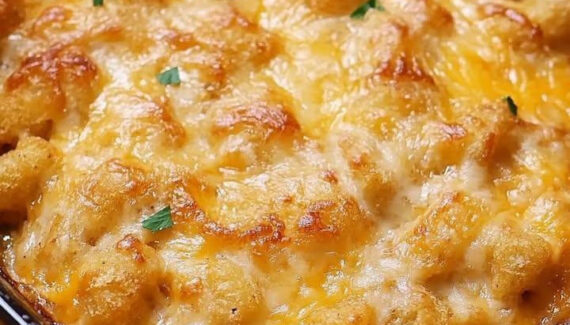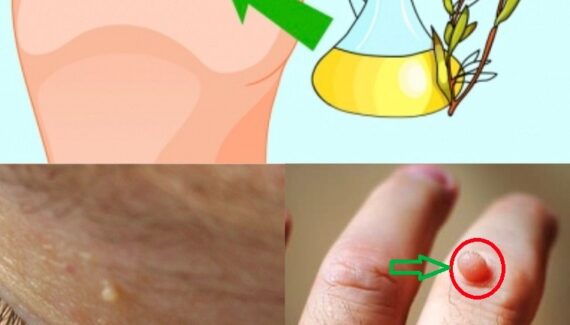If you’ve ever spent time weeding your garden, you might have come across purslane—a low-growing, succulent-like plant with thick, paddle-shaped leaves and tiny yellow flowers. Many gardeners see it as an invasive weed and yank it out without a second thought. But what if I told you that purslane is actually one of the most nutritious, beneficial, and resilient plants you could have in your yard? Before you reach for the gardening gloves, here’s why you might want to think twice before removing purslane from your garden.
1. A Nutritional Powerhouse
Purslane isn’t just an ordinary weed—it’s actually a superfood! It’s packed with:
- Omega-3 fatty acids – Purslane contains more omega-3s than most leafy greens, making it an excellent plant-based source for heart health.
- Vitamins and minerals – It’s rich in vitamin A, vitamin C, magnesium, potassium, and iron.
- Antioxidants – The high levels of antioxidants in purslane help fight inflammation and oxidative stress.
People in Mediterranean and Asian cultures have been eating purslane for centuries in salads, soups, and stir-fries. It has a mild, slightly tangy taste, making it a great addition to many dishes.
2. It’s a Natural Soil Protector
Purslane acts as a living mulch by covering bare soil and reducing moisture loss. Because of its dense, low-growing nature, it prevents weeds from taking over while also protecting your soil from erosion. In dry climates, this plant can be a lifesaver for your garden by keeping the ground cool and moist.











